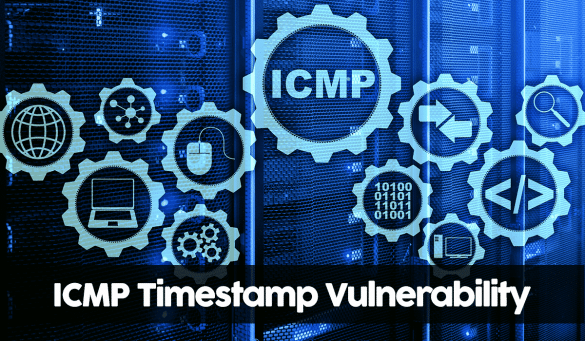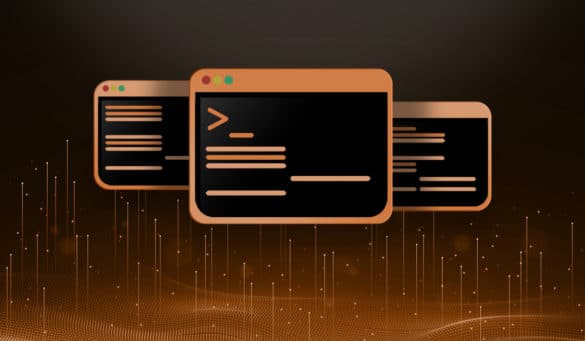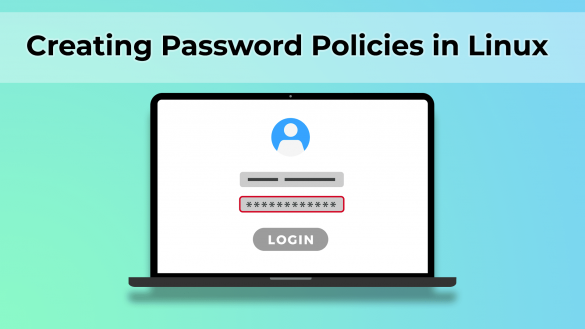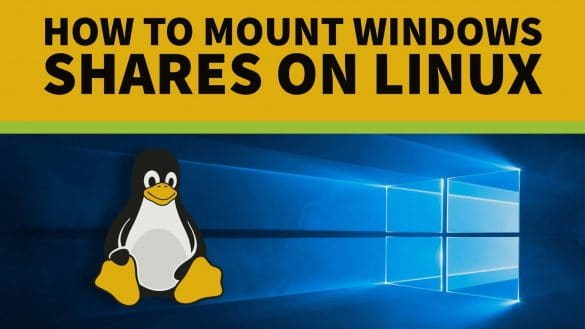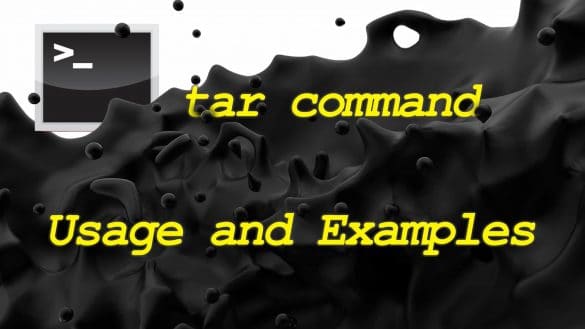How to Mitigate ICMP Timestamp Vulnerabilities in Linux
Learn how to mitigate the ICMP timestamp vulnerability in Linux by blocking certain types of Internet Control Message Protocol at the firewall.
How to Generate a Random Number in Linux
Learn how to generate a random number on the Linux command line. Generate random numbers within a range or a specified length.
How to Enable EPEL in CentOS and Red Hat
How to install EPEL on CentOS / Red Hat 7 and 8 operating systems. Learn what EPEL is, why you need it and why it is important to Enterprise Linux.
Creating a Password Policy in Linux
Learn how to configure a password policy on a Linux system to ensure complexity requirements are met. The pwquality pam module makes this a breeze.
How to Delete a User from the Command Line
Learn how to delete a user from the command line and the possible security implications of doing so without cleaning up the users files.
How to Mount a Windows Share in Linux
Learn how to mount a Windows SMB or CIFS share in the Linux GUI, on the command line with fstab, or using autofs. We also explain the SMB vs CIFS vs Samba.
Using Trap to Exit Bash Scripts Cleanly
Learn how to use traps to exit bash scripts cleanly and ensure you do not leave any temporary files, open ports, or dead services behind.
tar Command - Working with File Archives in Linux
The tar command is a software utility for combining multiple files into one archive file. These files are often referred to as tarballs in the Linux / Unix community. The name originally stood for tape archive, which was it's original purpose. It has a long...
A Guide to Securing the SSH Daemon
A definitive guide to hardening the SSH daemon. This tutorial will guide you through configuration options to secure your SSH server.
Configure Host Specific SSH Settings
How to create a per host ssh configurations to connect to remote machines with different settings.

